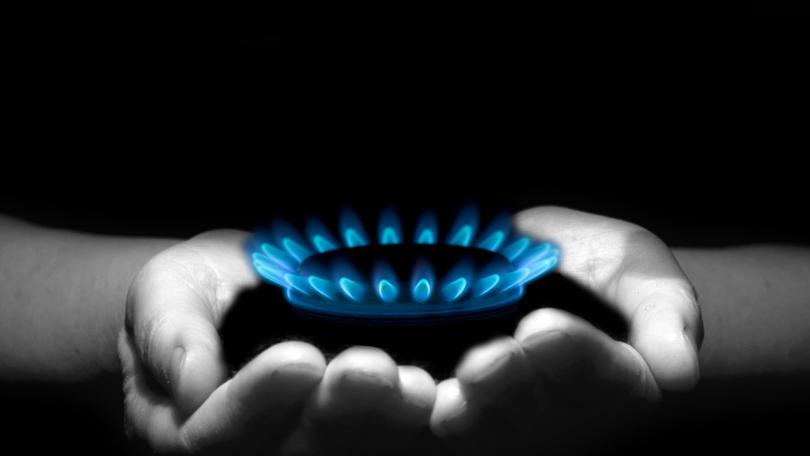ACCC sees gas surplus on east coast until 2026, but renews warning of longer-term shortages

The east coast has sufficient gas to see it through until 2026 but shortages are now tipped to hit a year earlier than previously forecast, according to the Australian Competition and Consumer Commission.
The ACCC’s latest gas inquiry report also comes with a warning about market volatility and concerns from business about the short-term contracts increasingly offered by suppliers.
The regulator’s June projections anticipate sufficient supply to meet demand for gas in the east coast from this year through to 2026, subject to the usual conditions that extra gas is sourced from storage and Queensland’s LNG suppliers to meet the seasonal winter spike.
Sign up to The Nightly's newsletters.
Get the first look at the digital newspaper, curated daily stories and breaking headlines delivered to your inbox.
By continuing you agree to our Terms and Privacy Policy.The improved forecast is aided by a recently-announced extension to the life of the coal-fired Eraring power station in NSW, a move which has limited expected demand for gas, deferring the prospect of a shortfall by one year.
However, the eastern States still face growing annual shortfalls, with the ACCC now tipping deficits from 2027, having in December warned of a possible shortfall from 2028.
It said the revision, which is in line with recent analysis by the Australian Energy Market Operator, reflected “lower forecast supply due to delays in anticipated regulatory approvals for new projects and problems with legacy gas fields”.
Gas supplies on the east coast have been squeezed by regulatory and political restrictions on the development of new fields in NSW and Victoria, driving up prices for households and businesses, notably during an energy crisis in 2022.
“Long term solutions to gas market shortfalls will require a range of policy and market responses,” the ACCC said. “Amongst these, there is an urgent need to develop new sources of gas production and supply.”
The ACCC has increased its expected 2025 gas surplus on the east coast to between 69 and 110 petajoules, depending on whether LNG producers export all their uncontracted gas. That surplus is seen falling 54 PJ and 98 PJ in 2026.
Treasurer Jim Chalmers said the report “shows that our efforts to deliver more gas at more reasonable prices are making a meaningful difference”.
While prices paid by gas retailers fell 16 per cent in the June half-year, the ACCC said it was still too early to gauge the impact of the gas market code introduced by the Federal Government in September to gain more control over sales and pricing.
“There appears to have been a recent increase in volumes contracted for supply in 2024–25,” it noted.
“However, more time is needed to observe how suppliers are making their gas available to the market and are contracting with gas buyers, and whether the code is improving the operation of the market.”
Despite its positive outlook for the next few years, the ACCC cited “continuing uncertainty in the market”, pointing to “relatively low volumes being contracted through long term gas supply agreements and fewer offers to market than in past years”.
“There has been a shift to short term gas transactions in the domestic market, which is of concern to users as they value longer-term certainty of supply,” it said.
“Some commercial and industrial users and intermediaries have raised concerns about availability and challenges they have faced engaging producers and retailers on price and other contract terms.”
